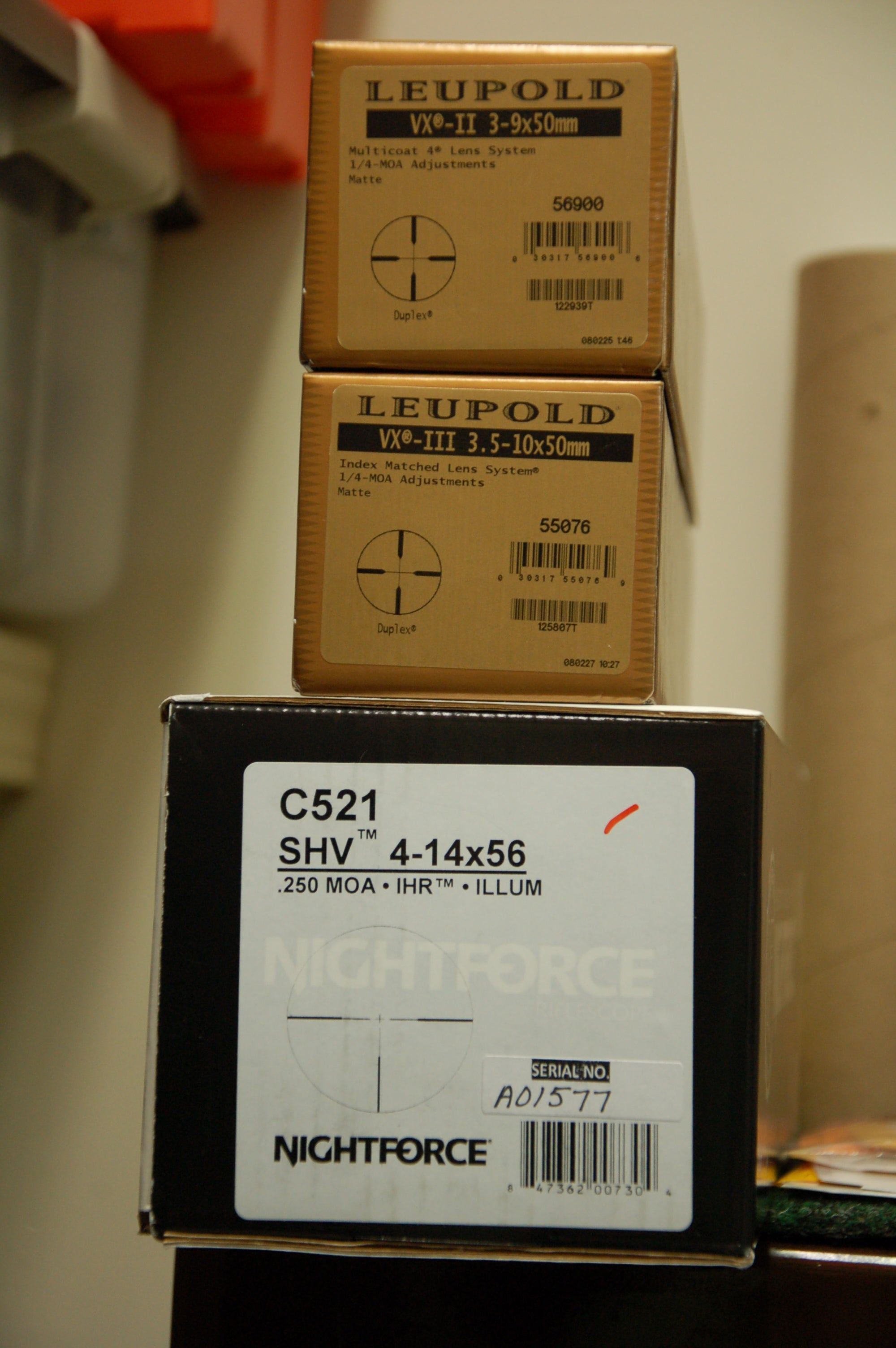Ideal Scopes for Deer Hunting
Dr. John Woods 12.15.14

When is the last time you saw a deer rifle without a scope on it? I am betting it has been quite a few deer seasons ago. I think it has been 1970 since I saw a deer rifle in the woods using only open sights. I remember this because it was my first deer rifle, a Winchester Model 94 in 30-30. I bought the rifle at J.C. Penney for $66.
I killed my first buck with that rifle at a whopping range of 20 yards. I hardly needed an optical scope to make that shot. Truth is though in those days not one deer rifle in camp had a glass lens scope on it. That was long ago.
Those early deer hunting days were in Missouri when I was in college. By the time I moved to Mississippi in 1983, virtually every deer rifle I saw sported an optical scope of some description. Today a riflescope is considered essential, not a custom accessory or a luxury item. Everybody uses them.
One question arises though. Are most of the scopes on rifles used by deer hunters these days the right ones or the best choices? Is there really such a practical thing as an ideal scope for a deer rifle? Let’s examine these parameters to profile what the best recommendations are for an optical scope to mount on your deer rifle.
Keep in perspective too that the factory offerings and options for today’s riflescopes can be mind boggling and are getting more confusing all the time. The market is congested with many high quality scopes at some fairly reasonable prices, but there are also plenty of low quality scopes out there with dubious reputations for long lasting quality, optical clarity, waterproofing, and over all reliability. Check around and shop your local retailers to inspect their stocks and see what is available. Be careful what you buy.
Modern riflescopes are indeed a dynamic optical engineering marvel from what was available just a couple of decades ago. American, European, and Asian optical manufacturers have reached new levels of perfection in riflescopes for hunting. One cannot really go wrong in terms of optical quality with any recognized brand from the upper tier of scope makers. As always with optics, you get what you pay for.
These optical devices, when correctly mounted on a rifle and sighted in properly at appropriate ranges, offers a number of advantages mostly obvious to the end user. First and foremost is the projected or magnified optical view of the intended target at ranges beyond what the average human eye can normally focus on. Optical clarity and quality of the observational vision is the first scope characteristic to look for.
Next, the most obvious function of a riflescope is to mate the shooting accuracy inherent in the rifle to the desired delivery of the ammunition projectile to the point or near about to the target at estimated ranges in the field. In plain language, the scope aids the shooter to place the bullet into the killing zone of the game animal hunted, the white-tailed deer in our case of discussion here. At this mission today’s scopes are first rate.
Without getting too technical to be confusing, riflescopes come in a number of configurations, fixed magnification powers, adjustable power ranges, reticle types, objective lens sizes, and tube diameters among other characteristics like metal finishes, turret adjustments types for windage and elevation as well as focus rings.
If there were a standard riflescope for a deer rifle, it would probably be the traditional one-inch tube scope either in a fixed power of 4x or maybe 6x. An adjustable power version would most likely be the 3-9x power range. The scope’s objective lens or the lens at the front end of the scope would be 40mm. Its exterior finish could be a matte blue or black, silver matte, or stainless. The standard reticle these days is the 4-Plex crosshair. That’s a fairly standard configuration for a classic deer rifle.
Popular variations on the standard theme include first a front objective lens of 50mm on a one-inch tube. This permits additional light gathering capabilities to extend a range of quality vision under more low light conditions. A step up to higher adjustable power ranges can go up to 3.5-10x, 4-12x, 4-16x, 4.5-14x, and some other combinations.
Scopes with larger 30mm tubes are increasing in use, too. These also deliver extra gains in light transmission. Keep in mind these larger tubes also require larger scope rings to accommodate the scope. These scopes and rings are quite expensive.
My own personal preference is a 3-9x power usually set on 6x in a stand or 3x in the woods. I prefer the 50mm objective and the 4-Plex reticle in a black matte finish. That’s my ideal riflescope. What’s yours?